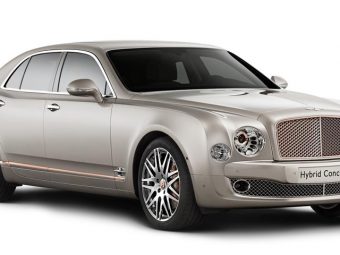By Giles Milner, April 13, 2015
 In a statement Mini said “Using see-through technology, the AR eyewear shows relevant information in the driver’s direct field of vision but without concealing other road users, thereby serving to increase safety and comfort while driving.”
In other words its like wearing a heads-up display system but in a form factor and design that is an acquired taste to say the least.
Mini has developed the technology with several Qualcomm companies, curiously they refrain from revealing six of those companies. But we do at least know of Qualcomm, if you don’t know who or what Qualcomm is then lets just say it makes the hardware that powers the majority of smartphones and tablet devices.
In a statement Mini said “Using see-through technology, the AR eyewear shows relevant information in the driver’s direct field of vision but without concealing other road users, thereby serving to increase safety and comfort while driving.”
In other words its like wearing a heads-up display system but in a form factor and design that is an acquired taste to say the least.
Mini has developed the technology with several Qualcomm companies, curiously they refrain from revealing six of those companies. But we do at least know of Qualcomm, if you don’t know who or what Qualcomm is then lets just say it makes the hardware that powers the majority of smartphones and tablet devices.
 The Mini Augmented Vision is able to project a number of functions into the field of view when worn such as;
The Mini Augmented Vision is able to project a number of functions into the field of view when worn such as;
- Destination entry for navigation and transfer to vehicle: Selecting destination points when outside the vehicle, then transferring them to the vehicle.
- First Mile / Last Mile: Navigation display from the current location to the vehicle or from the vehicle to the final destination.
- Head-up display functions: Display of speed, speed limits etc. in the eyewear so the information is in the driver’s primary field of view, with data always shown in same place above steering wheel to make sure that no road users are concealed from sight.
- Contact-analogue navigation and points of interest: Reality is enhanced by contact-analogue navigation arrows “on” the road, as well as display of points of interest along the route, such as open parking spaces. The driver´s attention can always stay focused on the traffic.
- Messaging: A small icon is shown in the eyewear when a message is received. The SMS/message can then be read out by the car while driving for safety.
- X-Ray View / transparent vehicle parts: A virtual view through parts of the vehicle (such as A-pillars and doors) serves to render external areas or objects concealed by the car visible.
- Augmented Parking: This facilitates parking by projecting the images from a camera housed in the (farside) mirror into the eyewear. In this way, the distance from the curb can be clearly and easily ascertained.







